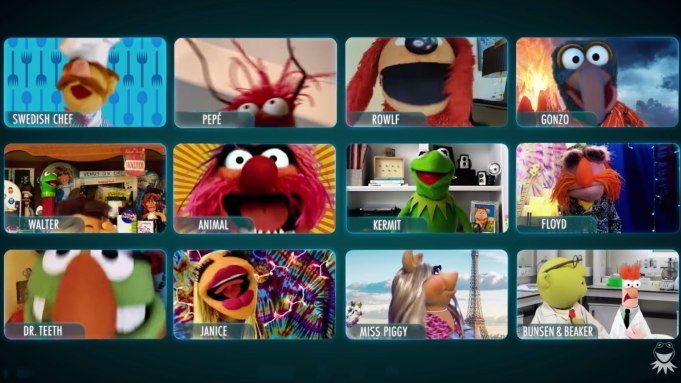What is so amazing about us humans is we are like fingerprints, grains of sand or snowflakes. Everybody is completely different. There is no two of a kind but occasionally, the business world doesn’t realise this. I enjoy working with a number of teams which are brimming with different types of people – the introverts, the extroverts, the analytics, the thinkers, the creatives and the competitive. All are wonderful characteristics and different ways of working but leaders need to understand not everyone works the same way. Leaders may wonder if being introverted or extroverted is better for business, but it’s not that simple. This blog explores some of the differences and how you can’t force a square peg into a round hole.
How leaders can spot the difference
So this leader is the crux of the team’s success and happiness. They have an onus of responsibility to ‘see’ their team. By this, I mean you need to understand their character, their needs and the way they work best. Often companies trot out such things as the Myers Briggs test to assess character or look at what colour you are (green for analytical, for example) but often don’t really do much with the findings. It’s a nice activity for a team but nothing revolutionary happens.
For example, a creative entrepreneur comes up with loads of ideas and she shares them with her team with great excitement. She expects everyone to be just as eager and to keep up and chip in with solutions on the spot. Your analytical brains in the room will quietly take it all in, chew it over then come back with a considered response. Both are good, but if the entrepreneur doesn’t have any awareness of others, she’ll think the analytical (introverted) are quiet, slow, or disinterested. In this example – being introverted is a disadvantage as you may be overlooked.
Thinking now versus thinking later
You might generally speak now by throwing all the ideas out there, then think of solutions later. Or perhaps you think now and speak later – this is a big indicator of how you process information. This leader needs to recognise the different ways of working that don’t come from the same mould as their own. There is huge strength in having diversity of thought in the room. There isn’t a case of whether being introverted or extroverted is better, it’s about playing to people’s individual and combined strengths.
How do you recharge your batteries?
Being extroverted or introverted is often categorised as how fast or reflective you are. Energetic or laid back; loud or quiet; and how confident or reserved you are but this isn’t it. Knowing where you get your energy from is often an indicator. Do you need to recharge in the quiet on your own? Or do you prefer to get your energy boost from others in groups, in busy activities or where you get to ‘perform’? If you’ve ever delivered a big presentation and the next day just can’t get your mojo on, then the chances are you are more introverted than you may think. We can fake it when it comes to performing but it becomes exhausting.
Strength in difference
The best leaders understand that the best hires are the people that are unlike them. They are people who bring different thinking, ways of working and methods to the team that others can learn from and be inspired by. If you have a team full of ‘mini-mes’, the output will be consistently similar and unchallenging. In fact, you may deepen biases which create stagnation and stifle creativity. There never is a right answer about whether being introverted or extroverted is better – it’s all about creating a balanced team.
Rebel ideas
In Matthew Syed’s fantastic book, Rebel Ideas, this is discussed at length and he poses the very important question: where do the best ideas come from? He argues that individual intelligence is no longer enough. Tacking these complex problems means you need to harness the power of cognitive diversity. You can do this by bringing people together with unique, different and diverse viewpoints.
I completely agree and have seen first-hand the incredible ideas that can come from varying characters with often conflicting experiences, ideas and thinking.
How do you spot differences on endless videocalls?
There is also another layer to add here – the fact that we have all been trying to communicate from a small square like we’re on The Muppets. This has been an extra challenge for leaders to really identify their team’s needs and how they work. Many new staff members have been onboarded this way so haven’t even met their team in person.
Extroverts can get hugely frustrated as it contains them and doesn’t allow them to connect face-to-face. We’ve all been on videocalls with Animal haven’t we?! Introverts have often preferred it as there is more order, so they’re not trying to be heard over many voices.
The power harnessed in a team filled with complex characters is a fascinating concept and one I love working with. It’s great to be able to understand how to get the best out of each individual in the team. There’s a benefit here for them personally and professionally as well as in line with the overall company’s objectives.


